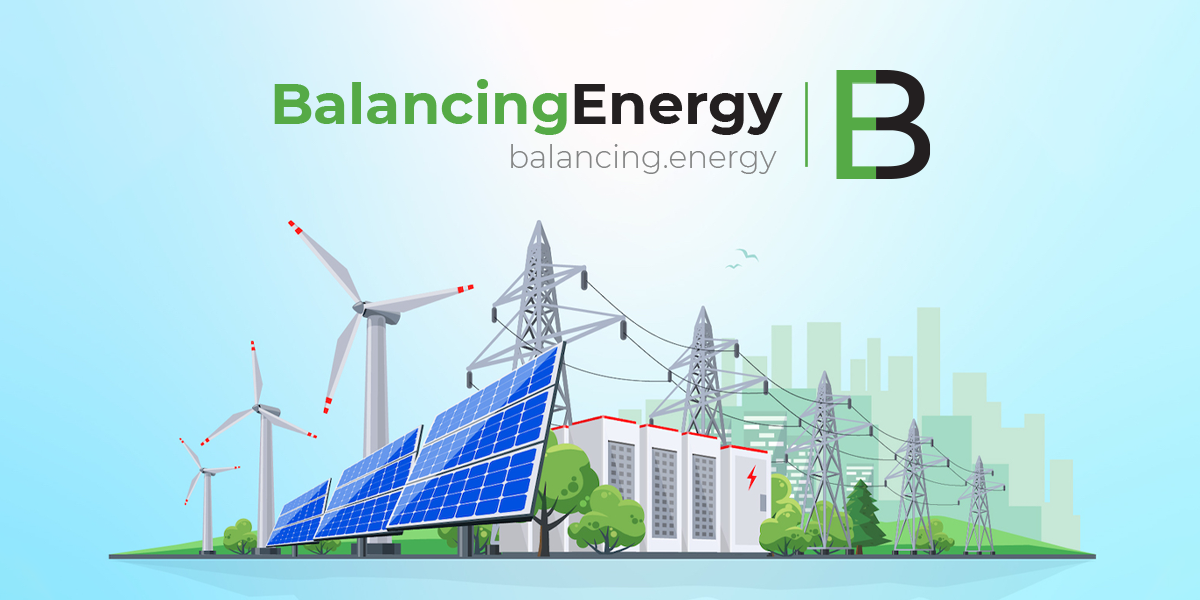Recently, Russia and Serbia signed a Memorandum in St. Petersburg regarding the construction of joint oil transport infrastructure in Serbia, specifically an oil pipeline linking Hungary to Serbia. This raised questions about Russia’s role in the project.
Serbia is seeking an alternative oil supply route and a second source of oil to reduce its dependence on a single provider. The proposed pipeline, which will be approximately 300 kilometers long, aims to connect the Hungarian refinery in Szazhalombatta with Serbia’s oil pipeline network. This follows an agreement made two years ago between Hungary and Serbia to build a branch of the Druzhba oil pipeline. Currently, Serbia imports oil exclusively through the Croatian JANAF oil pipeline.
The Serbian Ministry of Energy clarified that Russia’s involvement in the project is advisory. Russia will provide technical and regulatory support, particularly in preparing project documentation and overseeing construction. This includes selecting materials, components, and equipment necessary for such a large-scale infrastructure project.
In response to concerns about the EU potentially banning Hungary from supplying Russian oil to Serbia, the Ministry explained that under EU regulations, member states importing Russian oil cannot re-export it to other EU or non-EU countries. Hungary, therefore, has secured specific oil supplies for its own needs and cannot transfer it to Serbia. Instead, Hungary will purchase the oil for itself, while Serbia will procure its own oil separately. The oil will still be delivered via the pipeline through Hungary.
While Serbia does not rely heavily on Russian oil, it has often been more affordable than other options on the market. Serbia procures oil through public tenders, selecting suppliers based on bids. However, the country is highly dependent on oil imports, as domestic oil production is limited. Global market trends, which often lead to rising oil prices, along with various international conflicts that disrupt supply chains, have made it clear that diversifying supply routes and sources is crucial for energy stability.
Currently, Serbia imports oil primarily through the JANAF pipeline from Croatia. The construction of the new Serbia-Hungary pipeline, which will connect to the Druzhba pipeline supplying much of Central Europe, has been identified as a priority investment. This project will greatly enhance supply to the Pancevo refinery.
By 2026, Serbia plans to complete a 128-kilometer section of the oil pipeline connecting Novi Sad to Algyo, Hungary. This will help diversify Serbia’s crude oil supply and enhance its energy security. The pipeline will have a capacity of 5 million tons per year and is expected to last for about 50 years. The total investment in the project is estimated at 150 million euros.










